Welcome to Sunday All Day Brunch. This is an open topic thread so help yourself to the goodies and pull up a chair and sit a spell and let us know what is new in your life. I thought today we could take a quick tour around our solar system.
I am a huge space buff and one of the reason I got into art was so I could do space art. So sit back and relax and enjoy the tour of our little corner of the Milky Way.
We start with our sun a normal main-sequence G2 star that contains 99.8% of the mass of our solar system.
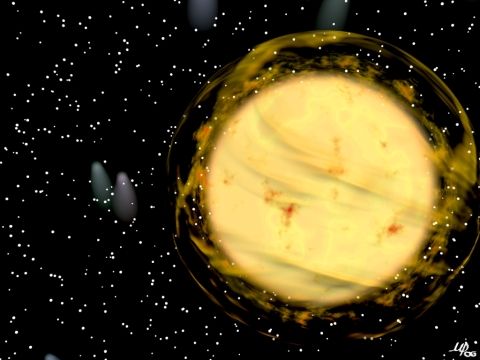
The closest planet to the sun is Mercury. Recently Messenger discovered that ice-water lies underneath dark, seemingly organic compounds on the surface of Mercury.
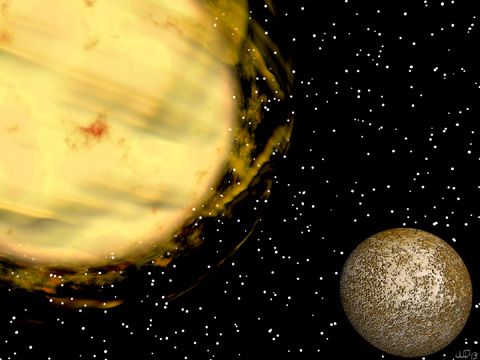
Venus is one of the most beautiful sights in our sky but you don’t want to live there. It is the hottest world in our solar system reaching temperatures of 847°F, which is hot enough to melt lead.
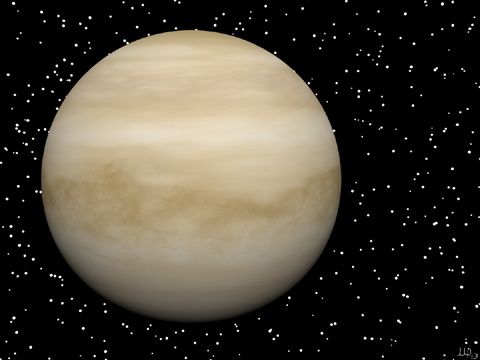
We are the third planet from the sun and have the first moon as we make our way out from the sun. The leading theory on the moon’s formation was that it was formed when a giant impact knocked off a chunk of the forming earth. Because it takes 27.3 days both to rotate on its axis and to orbit Earth, the Moon always shows us the same face.
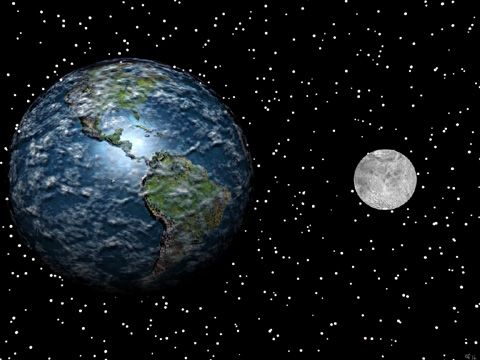
Mars has always fascinated mankind. It is the home of Marvin the Martian. Its two moons, Phobos and Deimos, however don’t look like other moons in the solar system and may be captured asteroids. Mars is a desert planet and is half the diameter of Earth but it has the same amount of dry land as we do.
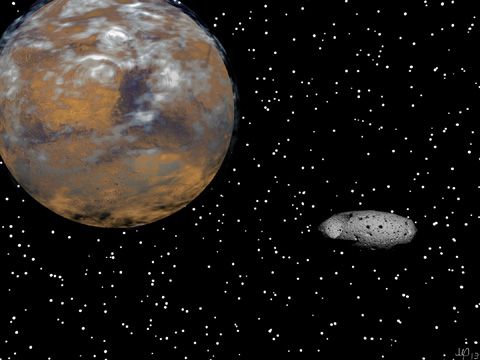
The asteroid belt orbits between Mars and Jupiter. It is believed that Jupiter’s strong gravitational force kept the asteroids from coming together to form a planet. Either that or there was a planet there that was obstructing Marvin’s view of Jupiter and he used his Illudium PU-36 Explosive Space Modulator on it.
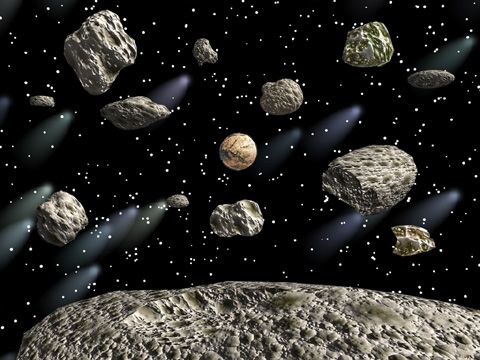
Jupiter is the most massive planet in the solar system. If it had been 80 times more massive it would have been a star rather than a planet.
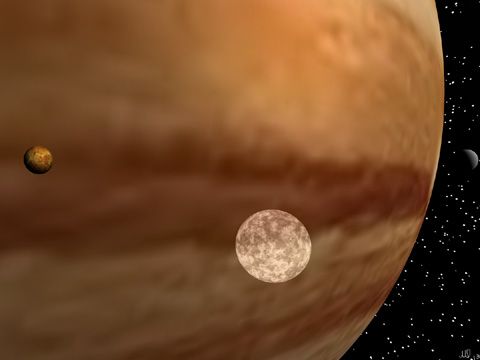
Jupiter’s moon Io is the most volcanically active body in our solar system.
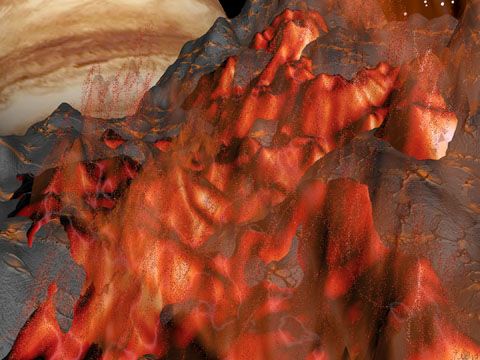
Jupiter’s moon Europa may actually contain life. Europa is covered with a thick layer of ice but has a liquid ocean underneath. The late science fiction author Arthur C. Clarke had that as his premise for his 2001 A Space Odyssey book series.

Saturn is the crown jewel of our solar system with her gorgeous rings. You could fit 760 Earths in the planet but it is so lightweight that if you had a big enough bathtub it would float.
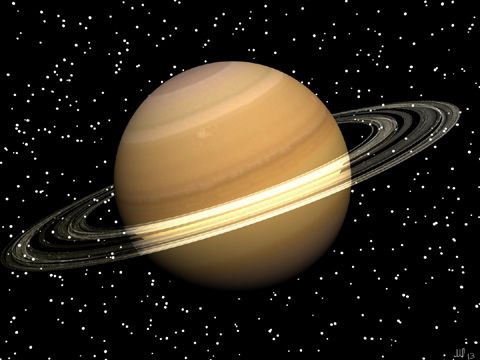
Saturn’s moon Enceladus has water and geysers. The water vapor actually feeds Saturn’s E Ring. With its water and organic compounds Enceladus is another place in our solar system that might harbor life.

Saturn’s moon Titan is the only moon in the solar system with clouds and a dense atmosphere.
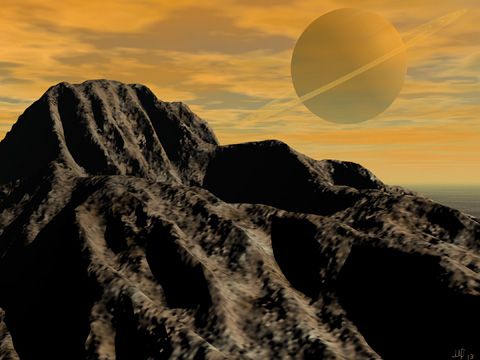
Sometime is its history Uranus got knocked over on its side. It is the only planet whose magnetic poles are East/West instead of North/South.
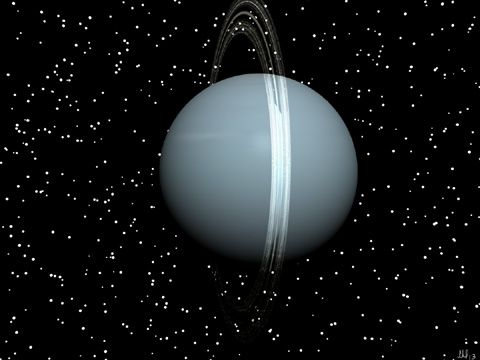
Neptune has a thick, slushy fluid mix of water, ammonia and methane ices under its atmosphere.

Neptune’s moon Triton has a very thin atmosphere and has been shown to actually have seasons although at -391°F you might not want to get those swimsuits out.
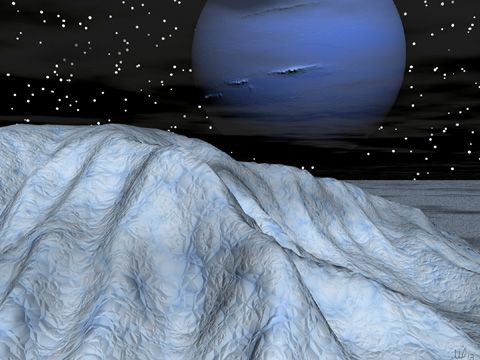
Pluto is officially a dwarf planet now however as any good Lord of the Rings fan knows dwarfs are very fierce. Charon is one of Pluto’s moons.
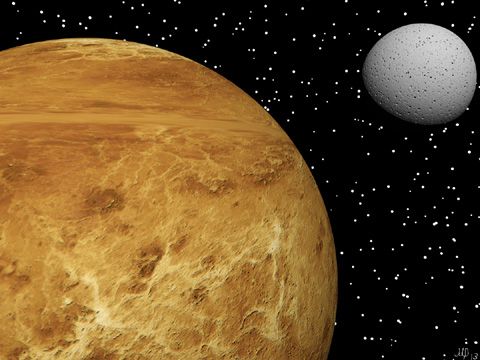
So that’s our solar system. I’ll leave you with a poem I wrote to celebrate our little corner of the Universe.
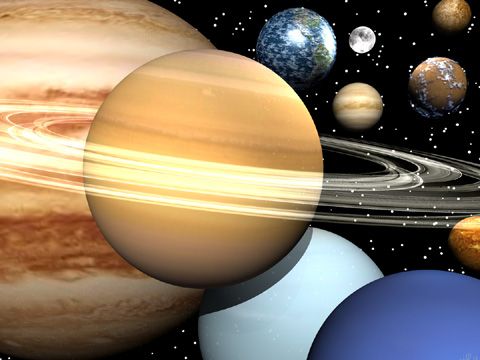
Celestial Dance
They danced with the moon.
They danced with the stars.
They danced the night away.
The dreams that they dreamed
Encircled the world
And greeted the new day.
They danced with Venus
The beautiful planet of love.
They danced as the clouds
Swirled in time up above.
Then they danced with Mercury
And played tag with the sun.
They danced with Mars
And underneath the red sky,
They greeted the Martians
As they floated by.
Then they danced in time
To the comet that went by.
They danced with Jupiter
The giant of the skies,
And its moons circled above
As they spun and danced by.
And their laughter and dancing
Brightened the dark spot’s eye.
They danced with Saturn
Skipping along its rings,
And with gay abandon
They made the rings sing.
And Saturn’s rings kept time
As the dancers waltzed by.
They danced and they danced
Under celestial skies,
And the stars and the planets
Saluted as they passed by;
And bright as the sun
Was the love they shared with the sky.
8 comments